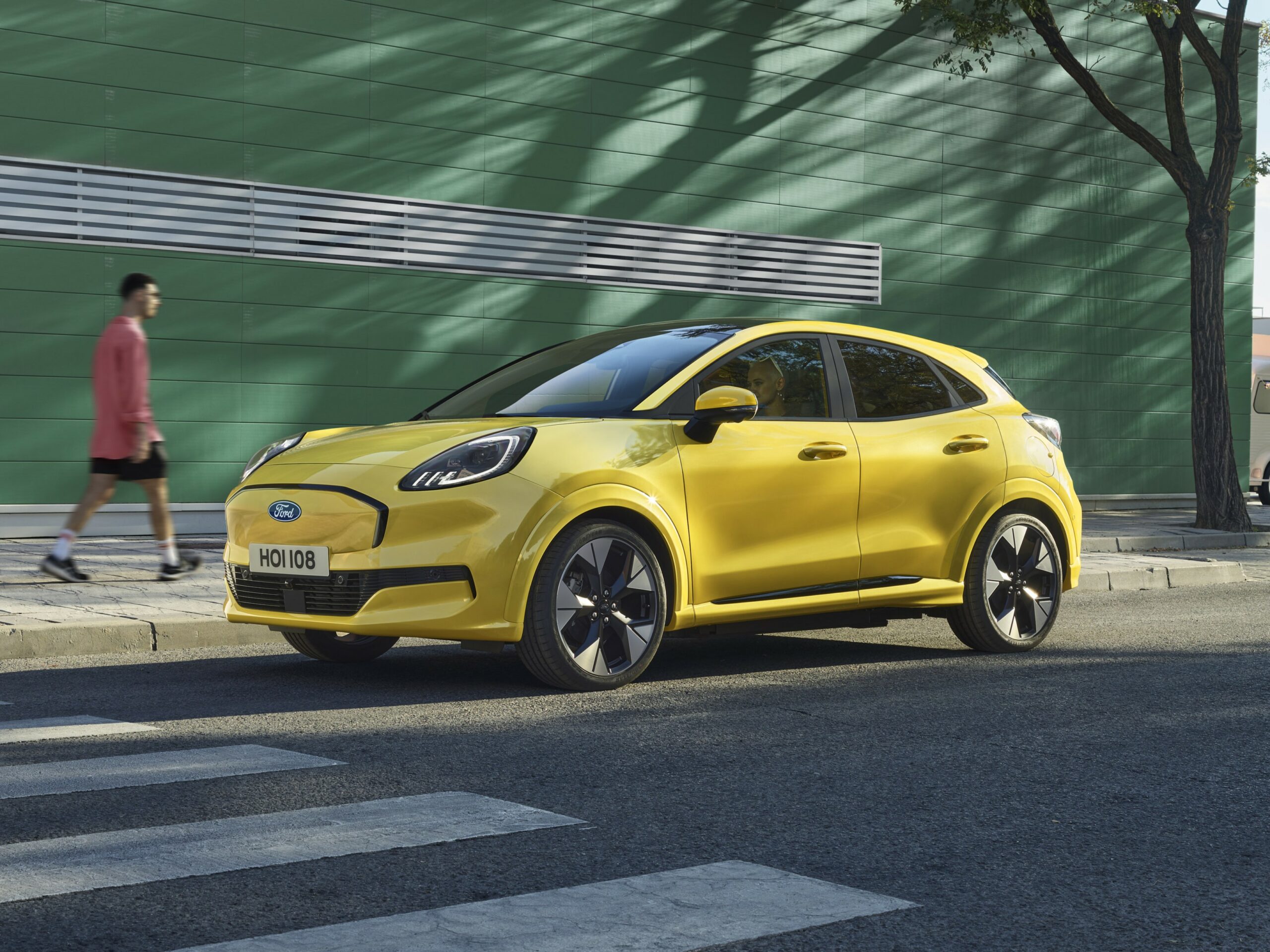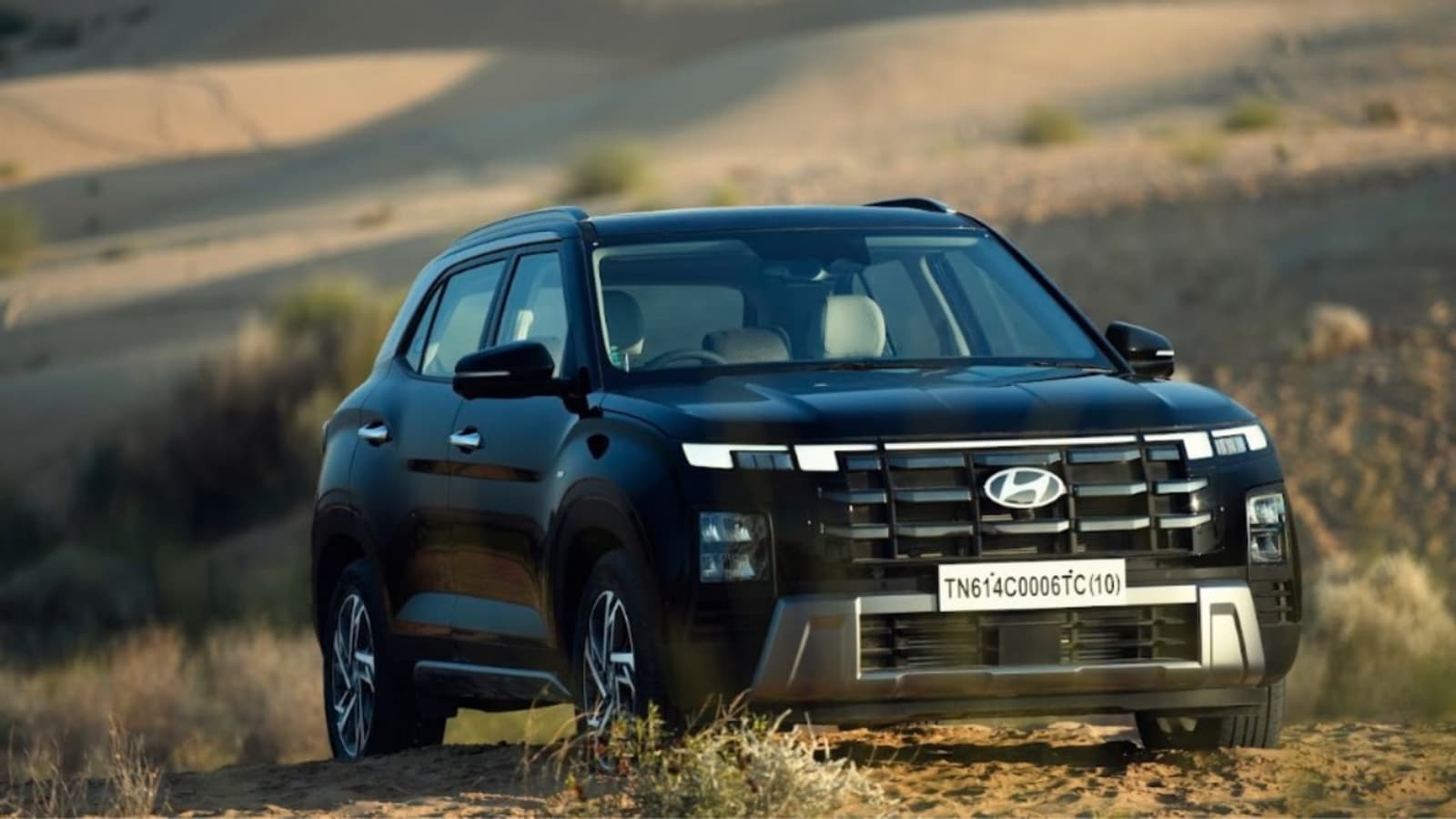30 July 2025
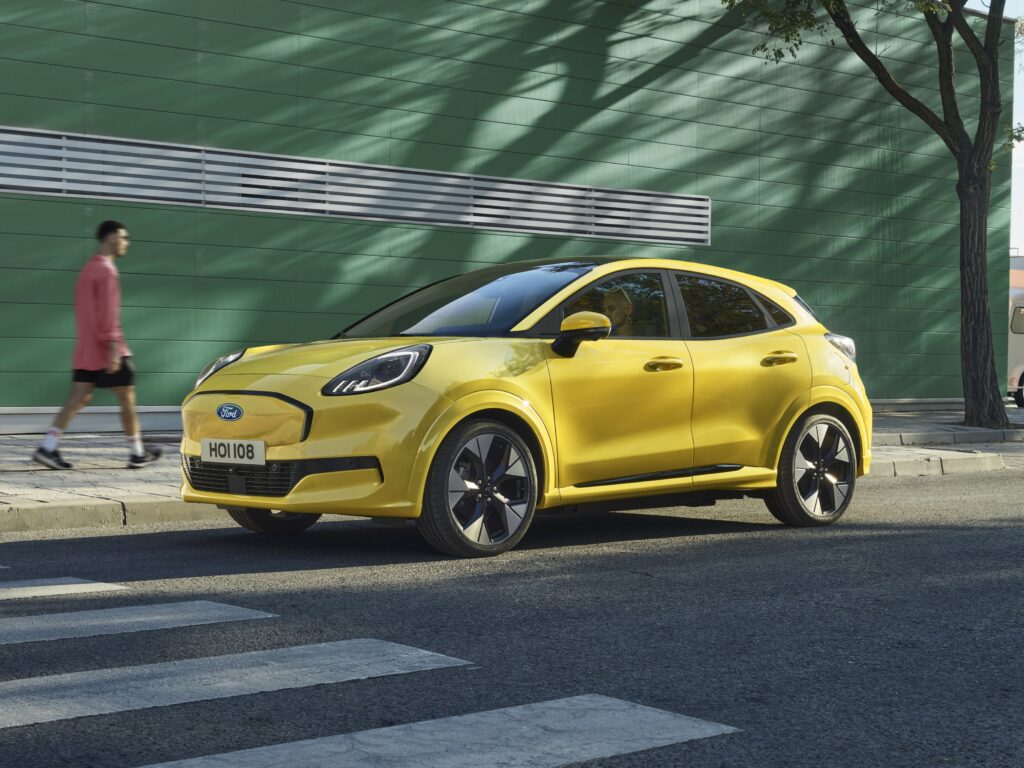
Ford has launched a number of battery-electric vehicles (BEVs), but the Puma Gen-E may be its most pivotal addition yet. Phil Curry, Autovista24 special content editor, reviews the model with Autovista Group experts in this latest Launch Report.
The Ford Puma Gen-E is the latest in a line of BEV launches by the carmaker. However, it differs significantly from its zero-emission stablemates. This comes down to the car’s architecture and design.
But how does the new model compare to its rivals, especially in terms of forecast residual values?
Autovista24’s latest Launch Report benchmarks the Ford Puma Gen-E against its key competitors in Austria, France, Germany, Spain and the UK. Autovista Group experts also provide a breakdown of the car’s strengths, weaknesses, opportunities and threats.

Difference for Ford Puma Gen-E
Ford already has a range of BEV models available. However, the Puma Gen-E is the first to be based on an existing model in the brand’s line-up.
While previous launches have relied on Volkswagen’s MEB platform, or the carmaker’s own GE1 platform, this new model is different. It utilises an adapted version of the brand’s global B-car platform, which also underpins the petrol version of the model.
This means the battery-electric variant is simply a different powertrain option for an already well-established vehicle.
Using this option provides the manufacturer with an opportunity to introduce some familiarity into its BEV lineup. The Puma is one of the carmaker’s best-selling models and is well known across Europe. Therefore, the BEV version has less to prove than other new entrants.
Therefore, the Puma Gen-E has a very similar design to the petrol version. The only difference is the front grill, which is smoothed out due to the lack of cooling requirements. This is a similar front-end design to the Mustang Mach-E, keeping Ford’s own BEV design aesthetics uniform.
The car retains the curves and flow of the original Puma. While not aerodynamically inefficient, many bespoke BEVs use different design cues to improve airflow and reduce drag. However, Ford does offer different, flatter alloy wheels on the all-electric version to aid efficiency.
So, the Puma Gen-E retains the same silhouette as the standard model. Despite a rather plain rear, it commands a strong stance, with good overall dimensions for a B-SUV.
Familiar feel
The interior of the Puma Gen-E is also very familiar, with the same switchgear and layout as the latest generation Puma. This includes a 12.8-inch screen behind the steering wheel, providing the driver with information, including speed, distance and battery levels.
Next to this is the main 12-inch infotainment touchscreen. This houses many of the vehicle controls, including those for advanced driver-assistance system (ADAS) settings, drive modes, and climate control.
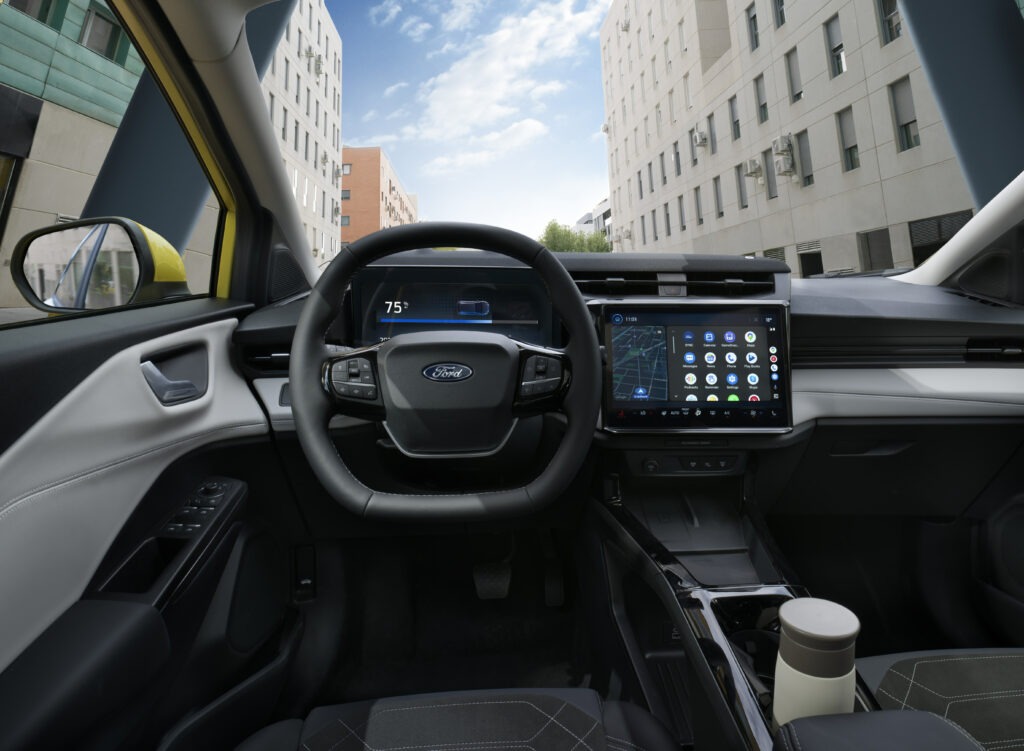

With these controls buried in sub-menus, some drivers could get distracted. While a shortcut bar is provided at the bottom of the screen for climate control, this is very narrow and could be difficult to use on the go.
The floating centre console includes a wireless charging point for mobile phones. There is also plenty of storage in the lower portion and the central armrest.
The quality of the materials inside differs. Ford has added some padded areas around the dashboard, while there are also cheaper plastics in use. Overall, however, the cockpit area is comfortable and practical.
With a slightly higher floor, due to the added battery pack, taller rear occupants may struggle for space. There is limited legroom, while the rear headrest sits between the shoulder blades if not extended. But for shorter adults and children, it is adequate. Those in the back also get two USB-C charging ports and a 12V socket.
Plenty of practicality
The interior storage of the Puma Gen-E is generous, but the boot space is one of the model’s stand-out features.
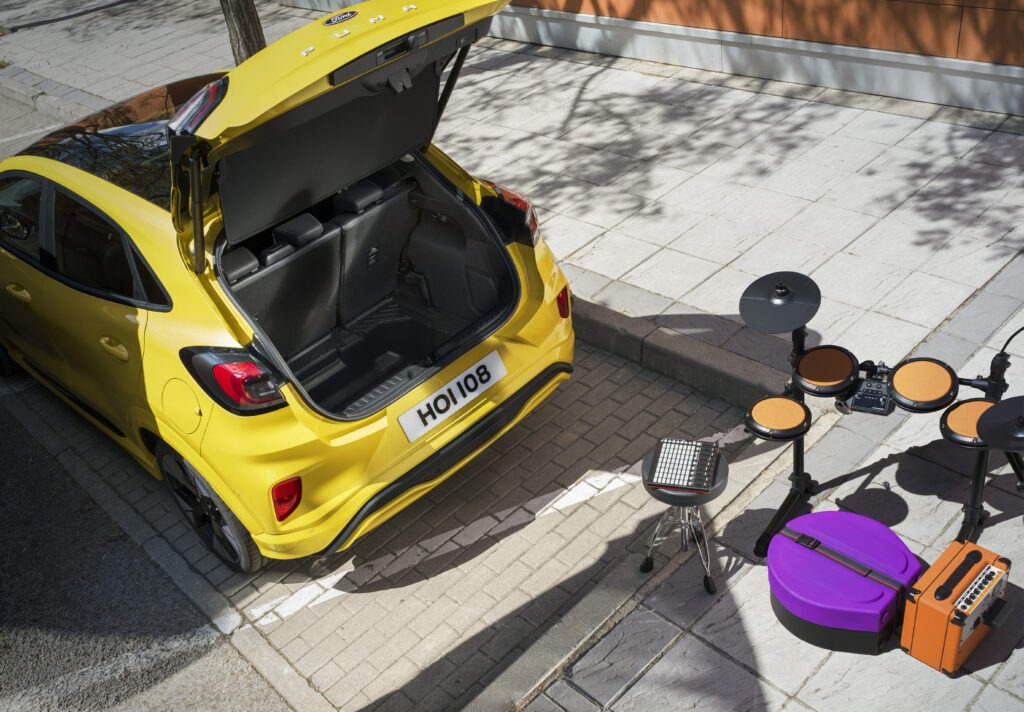
The rear tailgate, with an electric option on the higher-specification models, opens to 523 litres of space. The top section provides plenty of room for storage. However, lifting the flat floor reveals an area Ford calls the ‘Gigabox’. This large recess offers even more storage.
The model also gets a 43-litre frunk, providing room for cables and adding to the impressive practicality.
Driving the Puma Gen-E
Ford has equipped the Puma Gen-E with a battery that has 43kWh of usable energy. This is relatively small, and provides a distance of up to 233 miles, depending on the model variant. The smaller battery does mean a quicker charging time, with Ford stating the model can go from 10% to 80% in 23 minutes when using a fast charger.
The Puma Gen-E is very pleasant to drive and feels just like the petrol version. The steering is precise, and when turning, the car holds the road well. It also soaks up any road imperfections, although the model can prove to be a bit bouncy on the harder bumps.
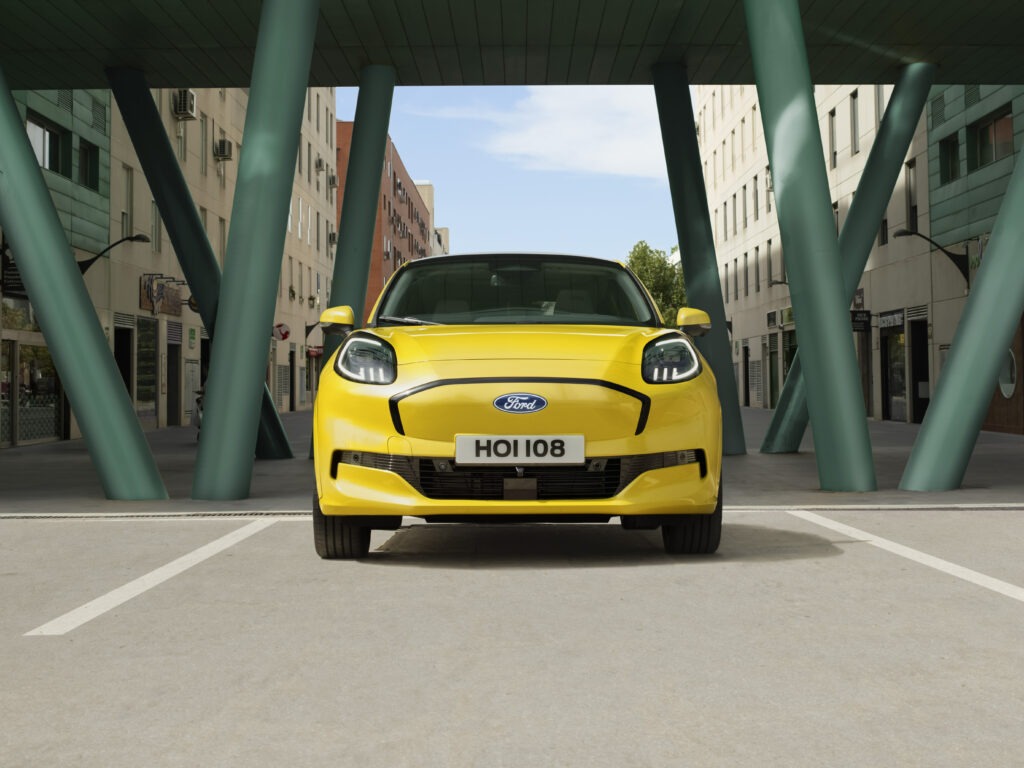
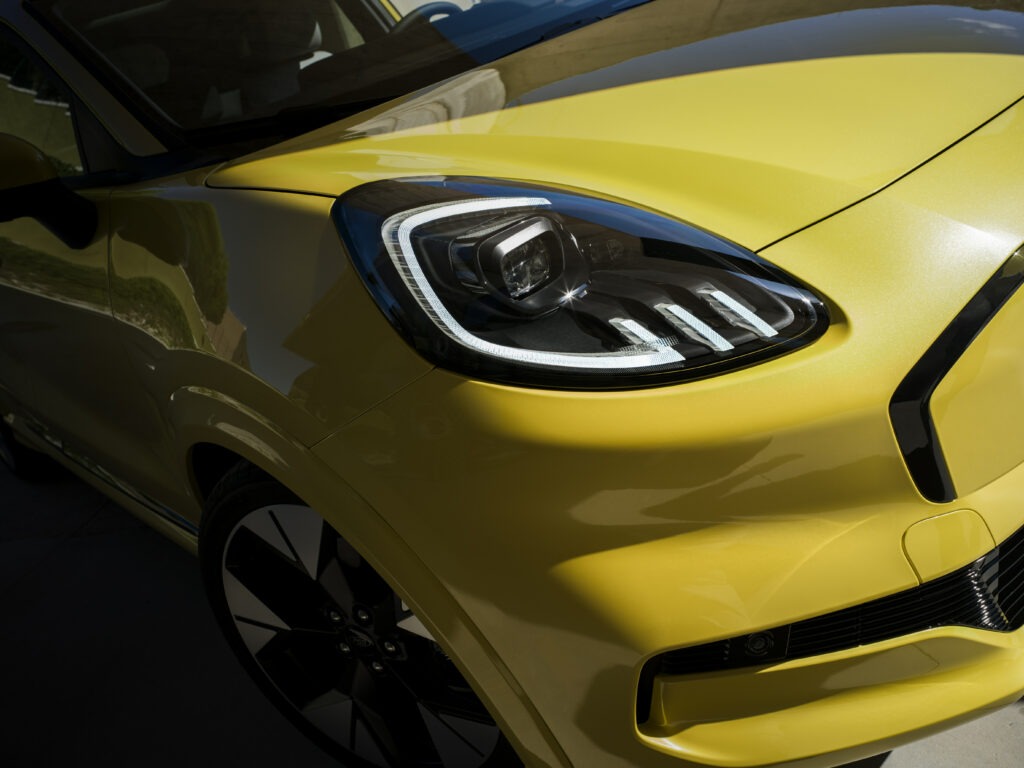
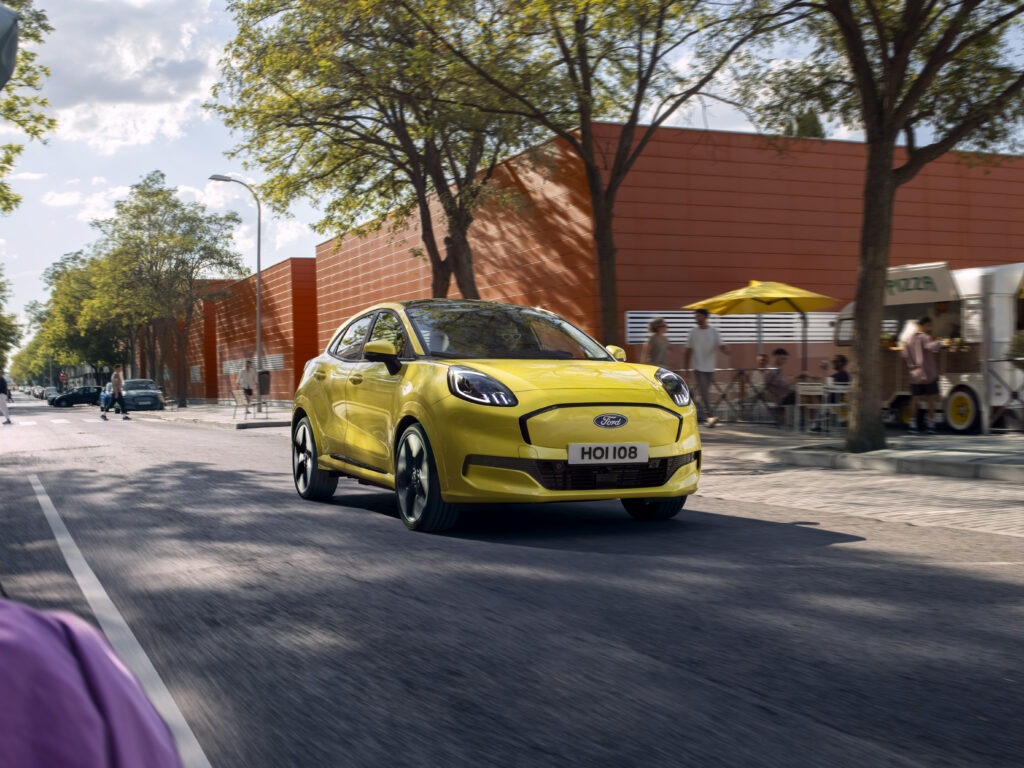
The electric motor can take the car from standing to 100kph in eight seconds. This is not as quick as some other BEVs, even in performance mode. The model is better suited to everyday driving.
Yet with the handling of the petrol model, those transitioning from internal-combustion engines to all-electric will feel at home in the Puma Gen-E. This makes it a good car with which to take that first electric step.
Overall, the Ford Puma Gen-E adds to the carmaker’s Puma range. It provides drivers with familiarity and makes the move between ICE and electric simpler. Based on a well-known model, the Puma Gen-E should aid Ford’s move deeper into the BEV market.
View the Autovista Group dashboard, which benchmarks the Ford Puma Gen-E in Austria, France, Germany, Spain and the UK. The interactive dashboard presents new prices, forecast residual values, and SWOT (strengths, weaknesses, opportunities, and threats) analysis.


